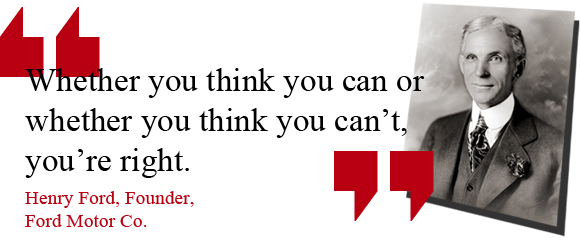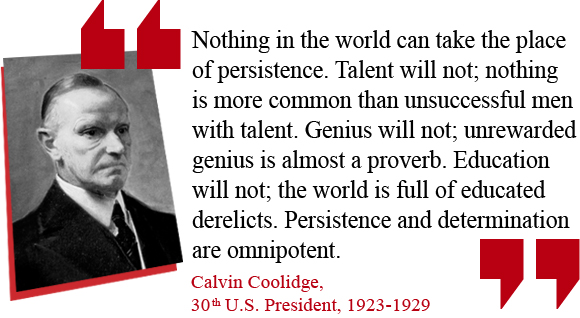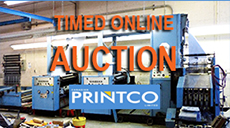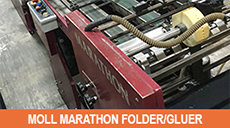
|
|
| Home › Articles › Here |
A CRISIS OF CONFIDENCE: When Everyone’s Running for the Exits - Part 1 |

|
|||||||||||||||
| By: Nick Howard | Date: November 2012 | Contact the Author |
||||||||||||||||
|
Wherever you are printing in the world, most people realize their new business environment is facing a new, far-reaching challenge in the confidence of the printing product. Bank meltdowns, sovereign debt woes, continuing ad-budget creep onto the Web are all primary factors causing many of us in the business of print to pause. The most damaging influence, however, is that many people in printing have a crisis of confidence – not just the outsiders who simply assume we are all on the way to a paperless world.  Ever since the beginning of 2012, perhaps inspired by this past May’s quadrennial drupa tradeshow, which is traditionally seen by printers as a hallmark of future printing technology, I have been repeatedly asked the same question: “Where is this industry heading and what should I be investing in?” The vast majority of printing firms on the globe are medium to small in size. These entrepreneurial companies want to see a clear road forward. Large corporations are usually inspired to show shareholders an argument for their investments, but self-reliant entrepreneurs have much more at stake because their future is measured in days, not deferred quarters. The reason they are asking what to invest is, in fact, based on confidence. This is largely why so many printers today are asking the 40,000-foot-high question, because their vision is so shaken and they feel like it is time to reinvent themselves – Where is this industry heading and what should I be investing in? Gone are those days when a printer’s most urgent question may have been how should I fingerprint this press or feed it from prepress. From the people I have spoken with, it is clear that confidence is lacking, but how do printers get it back when there is no clear way forward. An email exchange I recently had with one printer turned from him wondering whether or not to invest in a press, to an admission that he may be operating a business without a future. During the worst of The Great Depression fortunes were made by business optimists who, armed with some measure of liquidity, sought opportunity, even as everyone around them was cashing out, going bankrupt and running for the exits. In fact, the financial pandemonium of the 1930s likely inspired them to find answers amid the new and untouched economic realities. As much as the European debt crisis continues to make headlines, for the most part, we should count ourselves lucky that economic activity did not fall down a 1930s mineshaft. There are still people out there who can see through negativity and take advantage of the hoarded doomsayers. After losing millions upon millions of dollars during the 2008 banking meltdown, Warren Buffet, the “Oracle of Omaha”, retrenched in his passion for business fundamentals and invested heavily in businesses he felt certain to rebound. He was right. Perhaps more than anything, Warren Buffet’s longevity of investment success is based on his understanding that the economy will always be in either a bull or bear cycle, and that he can make money in either environment. Despite being a clear economic leader through government meltdowns across the globe, Canada still struggles with poor productivity as a consequence of the stagnant global economy. However, this has not stopped our printing industry from performing reasonably well, particularly when considering how our top print-trading partner just to the South has suffered mightily. True, the number of printing plant closures today has significantly increased, but, as someone who has been around printing for nearly 40 years, I have seen scores of plant closures even in the best of times. If you pick up a printing journal from the 1920s, it will likely feel very familiar to today, discussing key business strategies like reducing production costs, dealing with the dangers of postal increases or the price of raw materials. Quite easily an article from 75 years ago could be re-published today and we’d all think it was written last week. 
|
||||||||||||||||
|
Contact the Author |
||||||||||||||||
| Header image credits: Original illustration by John Tenniel Colorized and adapted for this article by Howard Direct |
||||||||||||||||
|
|||||||||||||||






